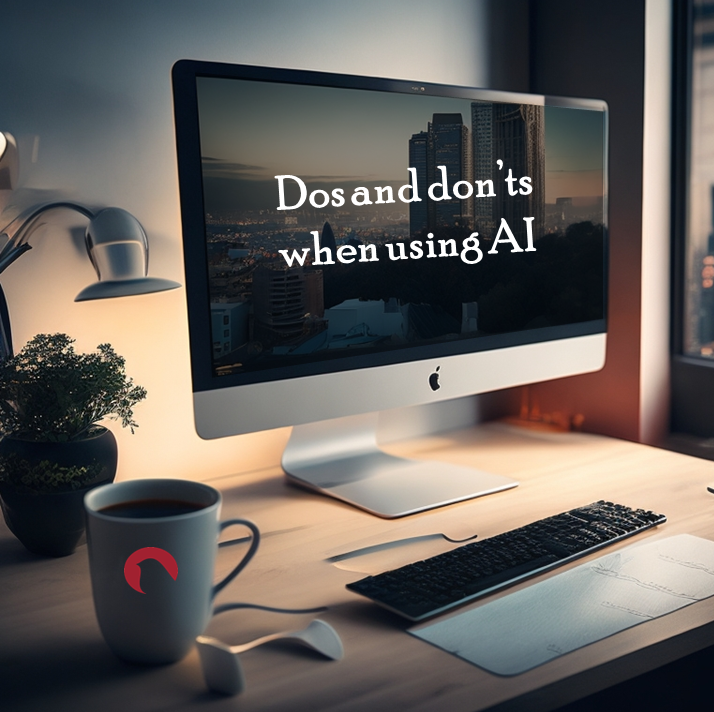ChatGPT and other artificial intelligence solutions are currently fundamentally changing the working world of tomorrow - and the PR industry is no exception! But how can PR professionals use language models, text-to-picture AIs, and workflow IT in their work in a meaningful way - and where does artificial intelligence continue to reach its limits?
In the field of artificial intelligence (AI), so-called large-language models have received particular attention. These include the generative AI ChatGPT, which is a machine learning model for natural language processing. With the help of a simple prompt, such as "Find 5 alternatives to the following headline," texts can be quickly optimized, or even completely written. But to achieve the best result when working with AI programs, the following rules should be considered:
Dos:
- Use AI to get inspired and generate ideas. One prompt - and ChatGPT provides ten possible uses, 20 word combinations, or 100 variants for headlines. The fateful blank page could thus become a matter of the past in the foreseeable future.
- Adapting content is easier than ever with ChatGPT - why not have an existing text rewritten into a post, an interview, or a news item? The tool always provides a good basis for further refinement.
- Just let it do the hard work for you: Whether it's annoying emails, sorting tasks, or summarizing a 20-page white paper. With the right AI tool, it can be done in seconds.
- Leave no stone unturned! The tools and possibilities of AI are manifold and using them has never been easier. If you want to learn more about other AI programs besides ChatGPT, we recommend the overview on our LinkedIn account.
Don'ts:
- Trust the AI without proof: ChatGPT is not a research tool and even invents sources from time to time - experts say it "hallucinates". Therefore, be sure to check AI-generated content thoroughly for facts and, if in doubt, do some research.
- Texts written completely by the AI: As good as AI-generated texts seem at first glance, they are so vague, interchangeable and meaningless on closer inspection. If you want excellent texts, you can't avoid reaching for the keyboard yourself.
- Disclose confidential information: A generative AI like ChatGPT uses deep learning to learn from training data. It also uses given input to do this. So feeding confidential data into an AI is an absolute no-go!
- Forget DSGVO and copyright: According to current opinion, ChatGPT is a tool and therefore cannot own copyright itself. However, AI-generated texts may contain copyrighted passages or personal data. Therefore, be sure to check the content again for legal aspects before publishing!
- Neglect cybersecurity: Remember, every AI tool used is a potential gateway for possible hacker attacks. Please be sure to observe common security rules.
Conclusion: A critical look at the AI-generated output as well as the ability to write a prompt with strong results will be among the core competencies when using AI in the future! Because, as amazing as AI tools may be at first glance, they are only as good as the tasks set by humans, and the potential for error is (still) huge. And that's precisely why it's now time to take a credible look at the topic, because the use of AI has the potential to change our everyday work in the long term.


